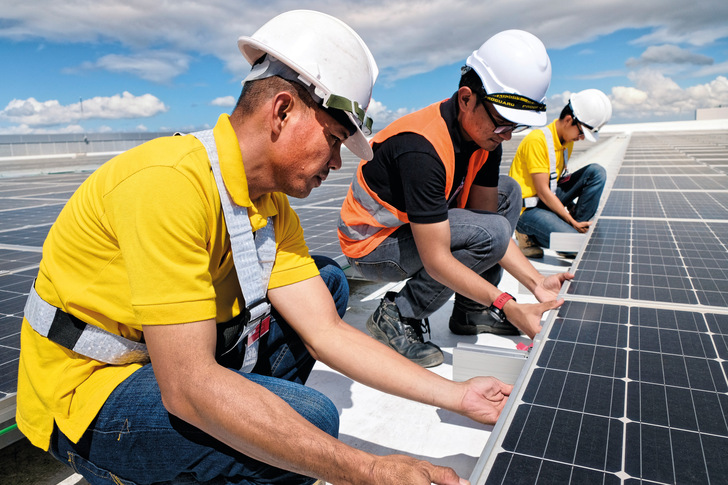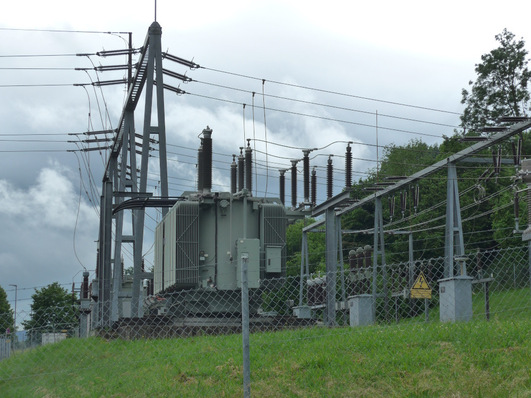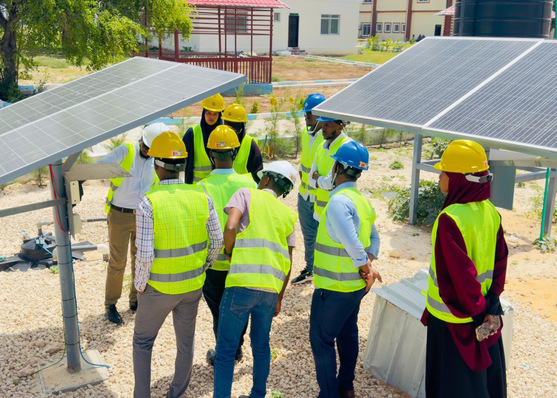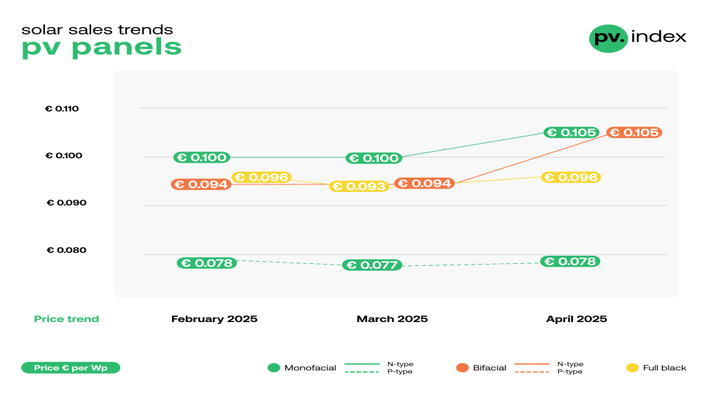The Global Energy Perspective 2023 models the outlook for demand and supply of energy commodities across a 1.5°C pathway, and four bottom-up energy transition scenarios. These energy transition scenarios examine outcomes ranging from warming of 1.6°C to 2.9°C by 2100 (scenario descriptions outlined below). These wide-ranging scenarios are shaped by more than 400 drivers across sectors, technologies, policies, costs, and fuels, serving as a fact base to inform decision makers on the challenges to be overcome.
Bram Smeets, Partner at McKinsey, said: “The analysis of these bottom-up scenarios shows that the world requires a major course correction to reach the goals aligned with the Paris Agreement. While we see a strong increase in low-carbon technologies such as solar, wind and electric heat pumps, urgent global momentum and collaboration across the energy value chain is needed to resolve bottlenecks and fulfil critical prerequisites for accelerated decarbonization.”
Several major bottlenecks
Bottlenecks related to land availability, energy infrastructure, manufacturing capacity and labor, consumer affordability, investment willingness, materials availability and others could slow the energy transition at a time when the rollout of clean energy technologies needs to happen at five times the current rate to achieve net zero commitments.
When bottlenecks are overcome, clean energy could account for up to 85% of global power generation by 2050 in an Achieved Commitments scenario.
Did you miss that? Resilience of supply chains as Achilles' heel
The technologies with the fastest expected growth are the ones most vulnerable to bottlenecks, in particular wind and solar, electric vehicles, green hydrogen, and heat pumps. Of these, wind power, electric vehicles and green hydrogen are expected to be most critically affected with potential undersupplies of 20 to 50% for electrolyzers, with this figure rising to over 50% for some materials used in wind power magnets, and a projected surge of 330% in lithium demand for batteries by 2030.
Optimistic Achieved Commitments scenario
The bottom-up scenarios also demonstrate the various extents to which critical prerequisites, such as investment needs, value chain coordination, and supply chain development could be met, across fuel types.
Global energy consumption will be shaped by speed of industry electrification. By 2050 global energy consumption could decline by as much as 6% versus 2022 in an Achieved Commitments scenario as electrification of different sectors results in lower energy consumption. In a Fading Momentum scenario, energy consumption would grow by 24% in the same period if electrification slows down.
Electricity and hydrogen are the fastest growing energy carriers within the energy matrix, increasing from between 21% of the energy demand in 2022 to 58% in the Achieved Commitments scenario and 33% in the Fading Momentum in 2050, while fossil fuels, which represented 64% of the energy demand in 2022, would fall to 28% and 54% in the respective scenarios.
On the transition from fossil fuels, the analysis shows that total aggregate growth has begun to slow, and demand is expected to begin to decline in the next 2 – 7 years across scenarios. In the Achieved Commitments scenario, oil demand almost halves by 2050, mainly driven by the slowdown in car-parc growth, enhanced engine efficiency in road transport, and the continued electrification of transport. The ramp-up of renewables could see emissions from power generation reduced by up to 71% across scenarios by 2050 compared to present levels, despite a doubling or even tripling of demand.
Hydrogen demand is projected to increase two to five times by 2050 across scenarios, as growth comes from both traditional hydrogen consuming industries like chemicals and refining; in faster transition scenarios, strong growth is projected also in completely new industries like heavy duty trucking, industrial heat or iron and steel.
Continued investment growth into green technologies
Luciano Di Fiori, Partner at McKinsey, said: “While the energy transition has gathered pace, it will be further enabled by continued growth in investment into green technologies and electric transmission and distribution. Investment in a broad and balanced portfolio of low-carbon solutions is one of the most critical levers for debottlenecking the transition.”
Also interesting: IEA critical of CO2 removal technologies
McKinsey’s analysis shows that total annual investments in the energy sector overall are projected to grow by 2-4% per annum—roughly in line with global GDP growth—to reach between $2 trillion and $3.2 trillion in 2040. Decarbonization technologies demonstrate the highest levels of investment growth at 6-11% per annum, driven predominantly by the strong uptake of EV charging infrastructure and Carbon Capture Use and Storage (CCUS). The analysis shows that investment in a broad energy mix, including oil and gas, will continue for a period in order to shore-up security of supply and meet demand across the range of scenarios.
Possible course correction towards a 1.5°C pathway
Ole Rolser, Partner at McKinsey, added: “History has shown us that new technologies develop much faster than anticipated with the right catalysts and incentives. To deliver on the steep climate commitments globally, substantial pivots are needed across industries and geographies. With positive price signals and a buoyant innovation landscape, the ingredients exist to enable the course correction towards a 1.5°C pathway and overcome bottlenecks.” (hcn)









